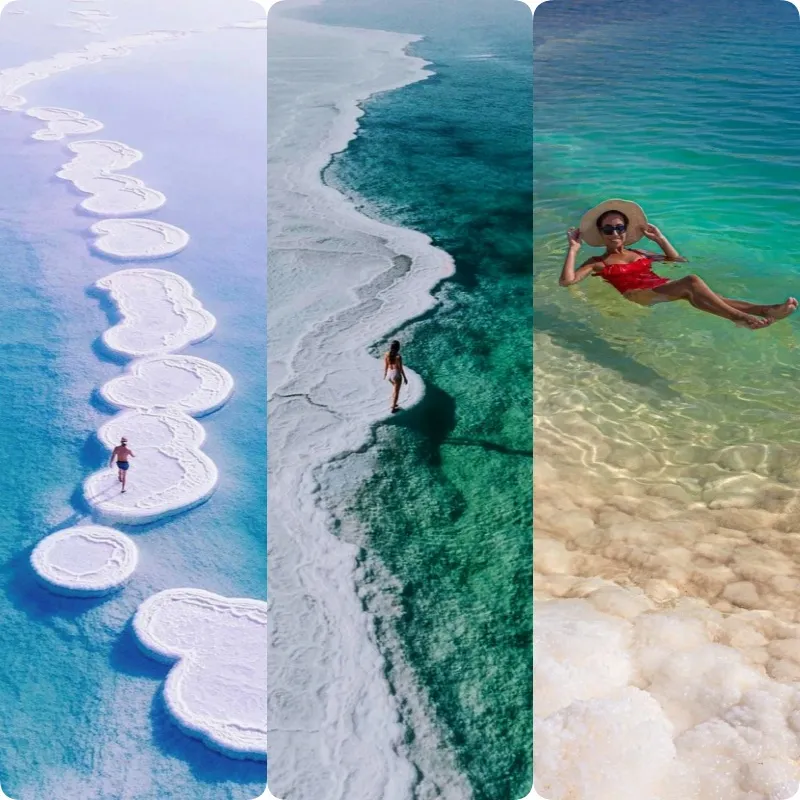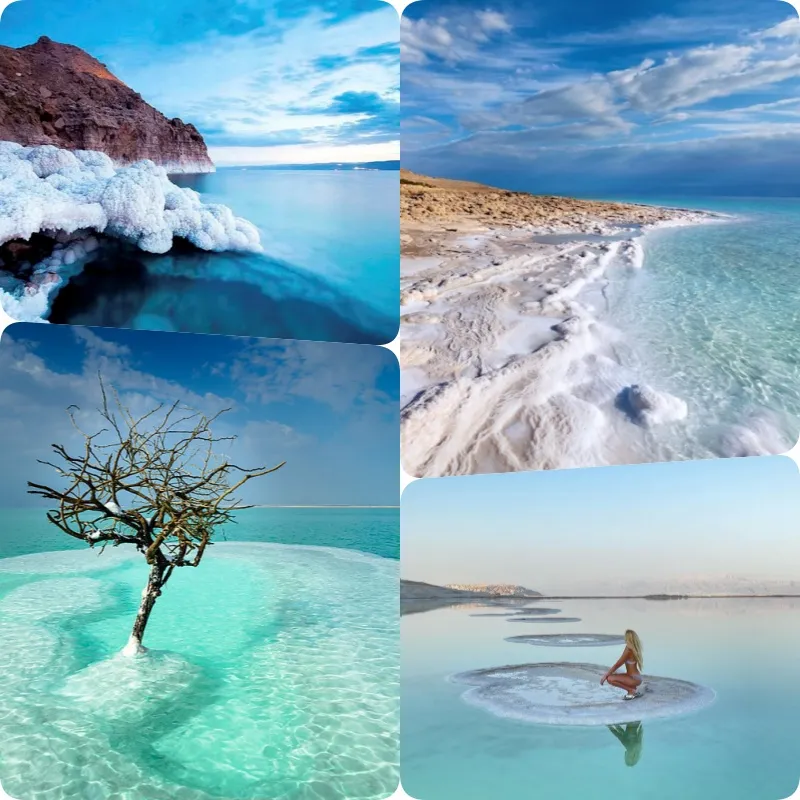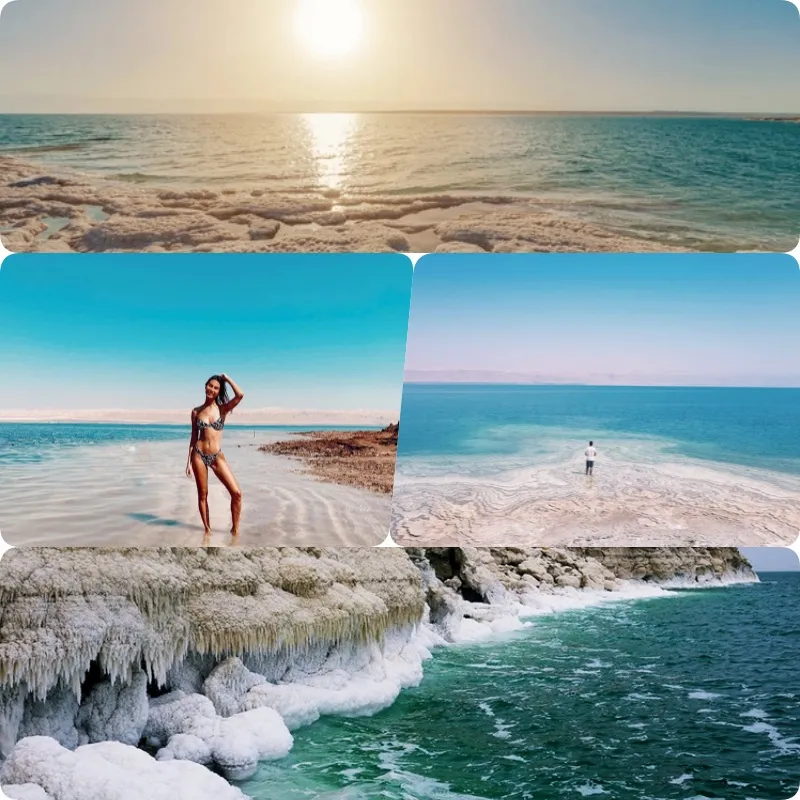
Why is the Dead Sea So Salty?
The Dead Sea is one of the saltiest bodies of water on Earth, with a salinity level nearly 10 times higher than that of the ocean. Despite its name, the Dead Sea is actually a landlocked lake situated between Jordan, Israel, and Palestine. The absence of fish, birds, or plants is a clear indicator of the harsh environment, which is extremely inhospitable to most forms of life.

The primary reason for the Dead Sea’s extreme salinity lies in its unique geographical and climatic conditions. The lake receives water primarily from the Jordan River but has no outlets, meaning the only way for water to leave the lake is through evaporation. As the water evaporates, it leaves behind dissolved minerals, particularly salt, which accumulates over time. This process has made the Dead Sea increasingly salty throughout history. Currently, the salinity of the Dead Sea is estimated to be 9.7 times greater than that of the ocean.
Human activities have further exacerbated the salinity of the Dead Sea. Over the years, the amount of water flowing from the Jordan River into the Dead Sea has significantly decreased due to the construction of dams and the diversion of water for agricultural purposes. This reduction in freshwater inflow has diminished the natural dilution of the salty waters, further increasing the concentration of salts and minerals. The situation is worsened by the hot, arid climate of the region, which accelerates evaporation, and the presence of mineral-rich springs along the shores of the Dead Sea, influenced by tectonic activity.

The Dead Sea is currently the second saltiest body of water in the world, surpassed only by Gaet’ale Pond in the Danakil Depression of Ethiopia, which has a salt concentration of 43.3%, compared to the Dead Sea’s 34%. For comparison, the average salinity of the world’s oceans is around 3.5%.
The extreme salinity of the Dead Sea gives its waters a unique consistency, often described as being similar to olive oil mixed with sand, according to NASA’s Earth Observatory. This high salt content makes the water so dense that it can easily support the weight of objects, allowing them to float effortlessly on the surface. However, the water level of the Dead Sea is dropping at a rate of about 1.2 meters per year due to human activity, which in turn is making it even saltier.

The Dead Sea’s increased salinity has also led to significant geological changes. According to the Dead Sea Observatory, the high salinity levels have caused salt to precipitate out of the water and accumulate on the lakebed, forming thick layers of salt crystals that grow by several centimeters each year. This phenomenon occurs through a process known as double-diffusive convection, where warm water sinks to cooler layers below, losing its ability to retain dissolved salts as it cools. As a result, the salts crystallize and settle at the bottom of the lake. This process happens relatively quickly because the Dead Sea is already near its saturation point for dissolved salts.

While the Dead Sea is almost devoid of life, some microorganisms have managed to survive in this harsh environment. Since the 1930s, scientists have known that the Dead Sea is home to halophilic microorganisms, which thrive in high-salinity conditions. These microorganisms exist in concentrations of approximately 1,000 to 10,000 archaea per milliliter. In 1992, a bloom of the halophilic alga Dunaliella parva occurred on the surface of the lake, likely triggered by rainfall. Although D. parva is green, this bloom caused the Dead Sea to turn red due to the high concentration of bacterioruberin, a red pigment protein.
In summary, the Dead Sea’s extreme salinity is a result of its unique environmental conditions, human interventions, and geological processes. The combination of these factors has created a fascinating yet hostile environment that continues to intrigue scientists and tourists alike.






